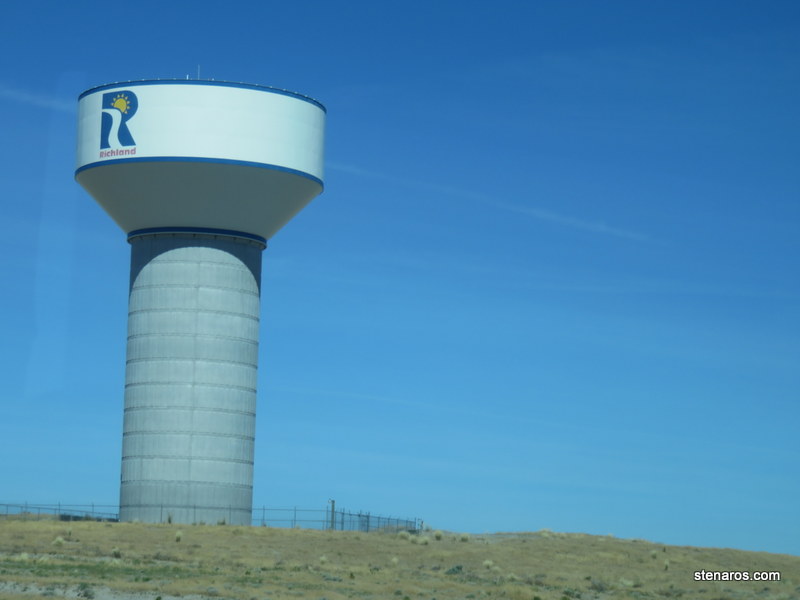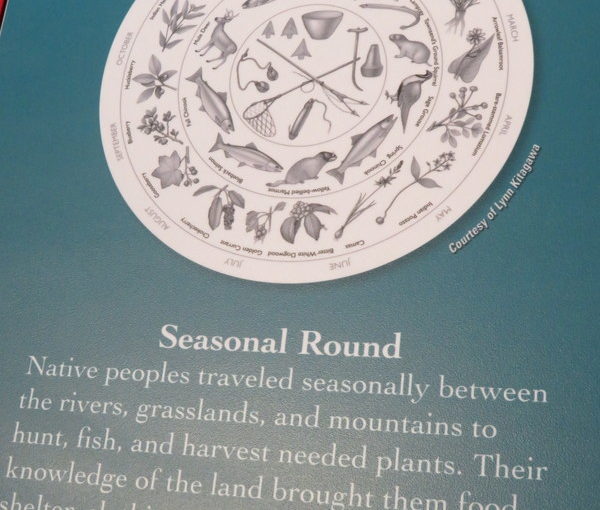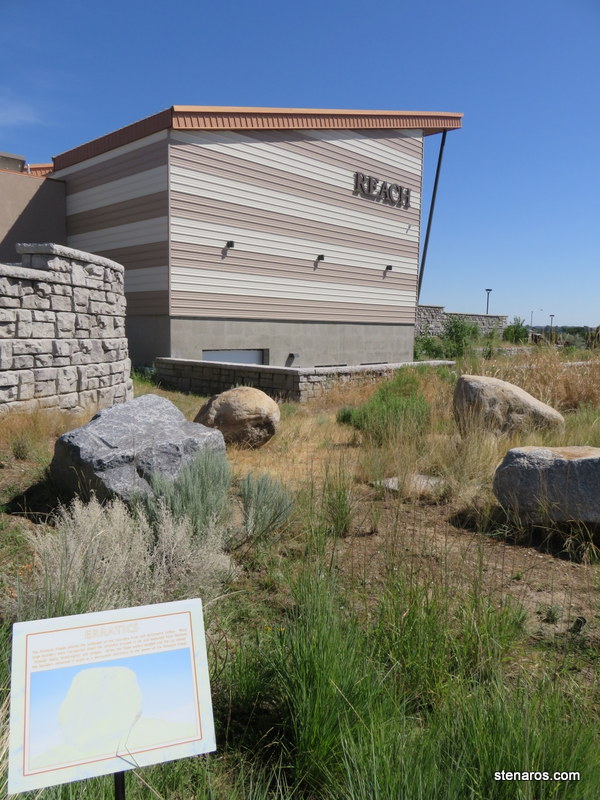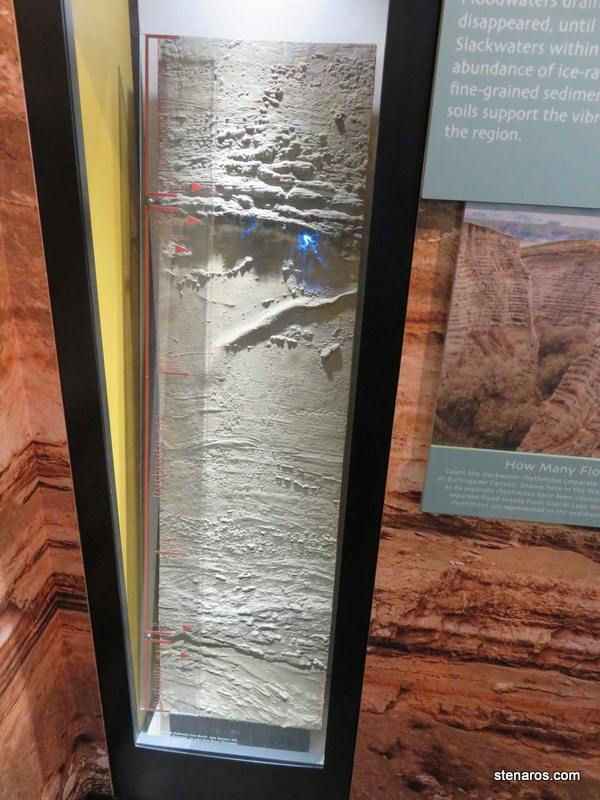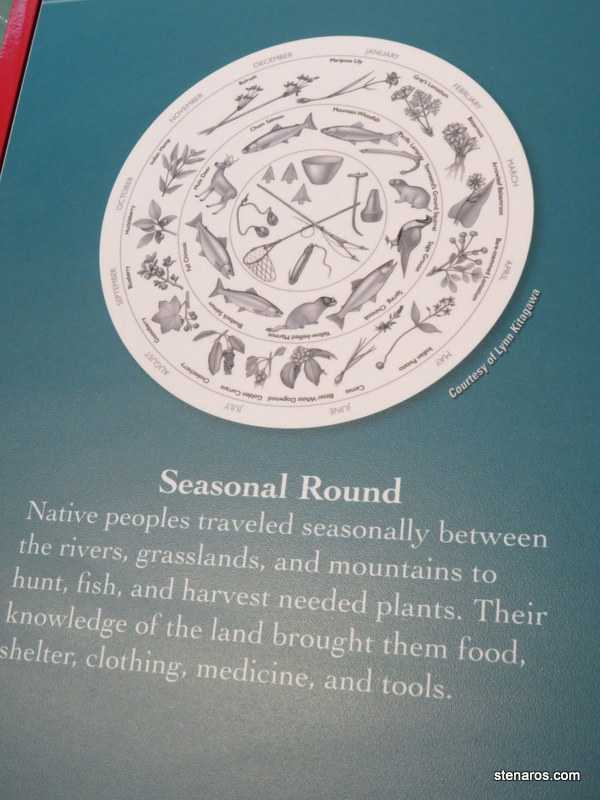Lotta young nonfiction read this month. I usually top out at one or two nonfiction books.

Picture Books: Over and Under the Pond
Middle Grade: Real Friends
Young Adult: Gem & Dixie
Young Nonfiction: Eyes of the World
Over & Under the Pond
Messner Neal
Read for Librarian Book Group
Lovely illustrations and great text.
The Book of Mistakes
Luyken
Read for Librarian Book Group
What happens when the art doesn’t go just right? You roll with it. I enjoyed tracking the mistakes as they changed and morphed into something fun.

Real Friends
Hale/Pham
Read for Librarian Book Group
I had some friendship troubles in late elementary school, and this nicely captures the feelings I experienced. It’s also got some great time-specific clothing on display.
Hello Universe
Erin Entrada Kelly
Read for Librarian Book Group
This book pulls off the ultimate middle-grade feat: it manages to tell a story about children who work through their problems without adult assistance. It does this without having to resort to such non-parent tropes as: orphan, foster children, boarding school, camp.
Each character was deftly drawn and the story kept turning in directions I wasn’t anticipating. This is also a book populated with diverse characters who feel authentic, and not as though they are filling a specific diverse slot.
A Wrinkle in Time
Madeline L’Engle
This was a re-read in anticipation of the movie’s release. Two things surprised me. One was how much god was in this book. There was much more god than I find in the children’s books I regularly read. The second thing was that at some point, the characters meet a character named IT. The character’s name is presented in that fashion with a capital “i” and “t.” Unfortunately, in the many years since I first read this book (1985?) the use of the capital “i” and “t” put together are regularly seen, but in a way they were not in the 1960s when L’Engle wrote the book.
So it was that I read every single occurrence of IT as Eye-Tee, a.k.a. Information Technology, a.k.a not what Madeline L’Engle was going for, tone-wise.
Other than that, it was an interesting exploration of kid-lit of yore. If I find myself unemployed, it would be interesting to dive into the whole series.
Gem & Dixie
Sara Zarr
Sisters! But not the kind that sing a musical number a la White Christmas. This is the story of Gem, who isn’t really that thrilled with her home situation, and her sister Dixie, who doesn’t mind so much. When their dad appears back in town something happens that has the girls exploring different options. I liked that it spent some time wondering how not-optimal your living situation should be before you should find something else.
Anne & Henry
Dawn Ius
An updated version of the story of Anne Boleyn and Henry VIII. I felt that this particular retelling didn’t translate very well to the modern era. Also the cover wigged me out, as the “Anne” model actually has a chunk of “Henry’s” flesh in her mouth.
We Will Not Be Silent
Russell Freedman
Read for Family Book Group
This worked well for a re-read, and it got overall high rankings, despite most people expressing that they don’t like nonfiction much.
Eyes of the World
Aronson/Budhos
Read for Librarian Book Group
The story of Robert Capa and Gerda Taro, this is a fine example of an exploration of how artists influence each other. It was a little slow, but ultimately rewarding. The photos, fonts and layouts are quite nice.
Balderdash!: John Newbery and the Boisterous Birth of Children’s Books
Markel/Carpenter
Read for Librarian Book Group
There was a time when there was no children’s literature. (Gasp!) Meet the man who who started the trend.
The Quest for Z
Gregg Pizzoli
Read for Librarian Book Group
An age-appropriate exploration of that Amazon guy who has a grownup nonfiction book, a movie, and now a picture book. I loved the illustrations in this, and it has a very good front cover hidden under the jacket. In book group discussion, someone made an observation that it was a little “old-fashioned” a la from the explorer’s point of view and not so much any insight into the Amazon Indians who were being explored.
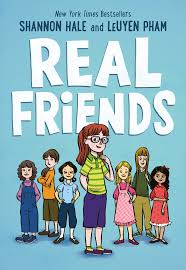


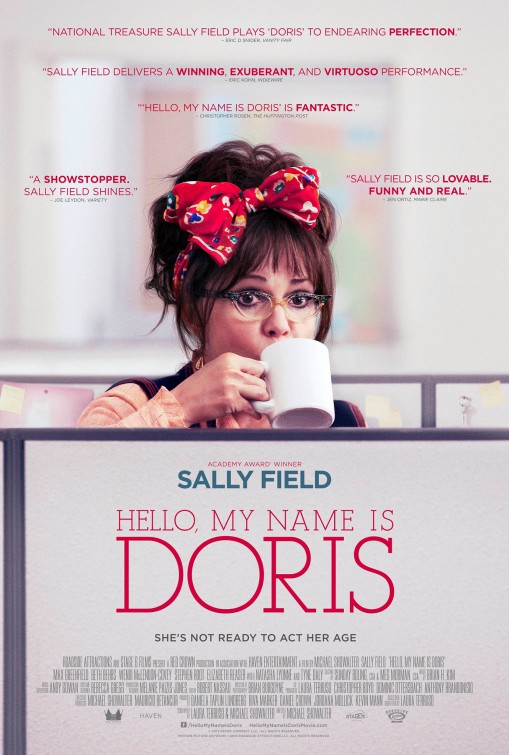

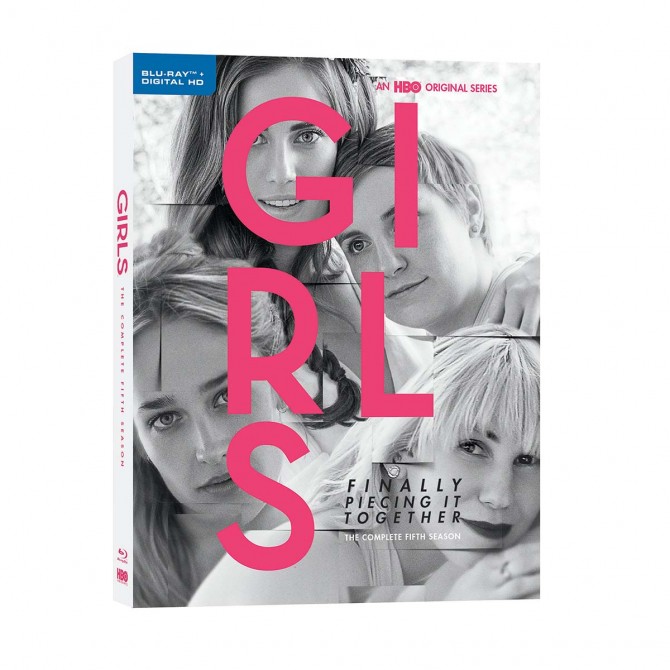
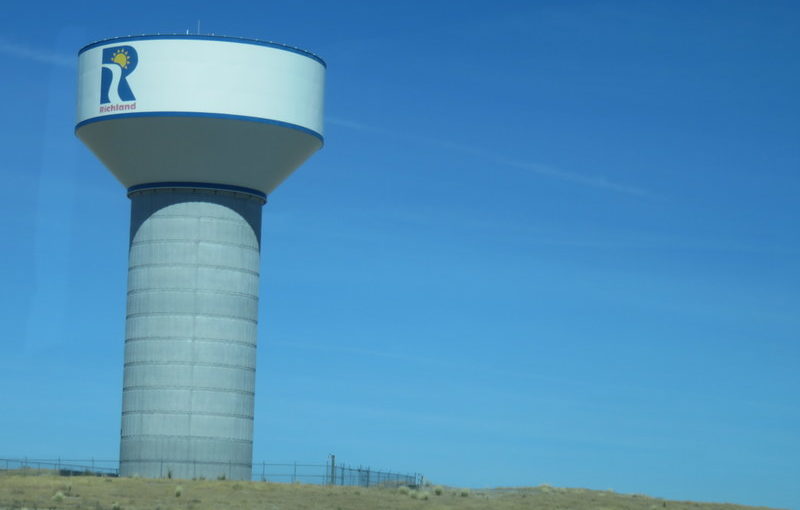
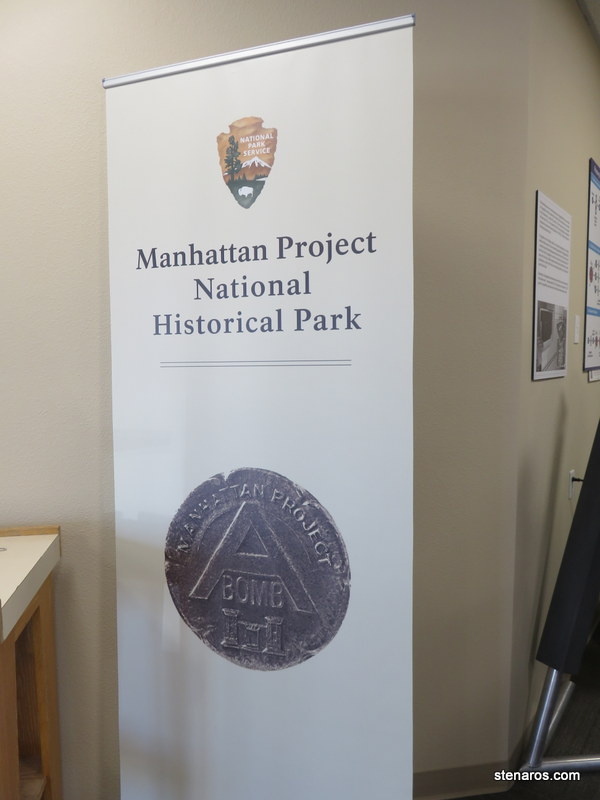
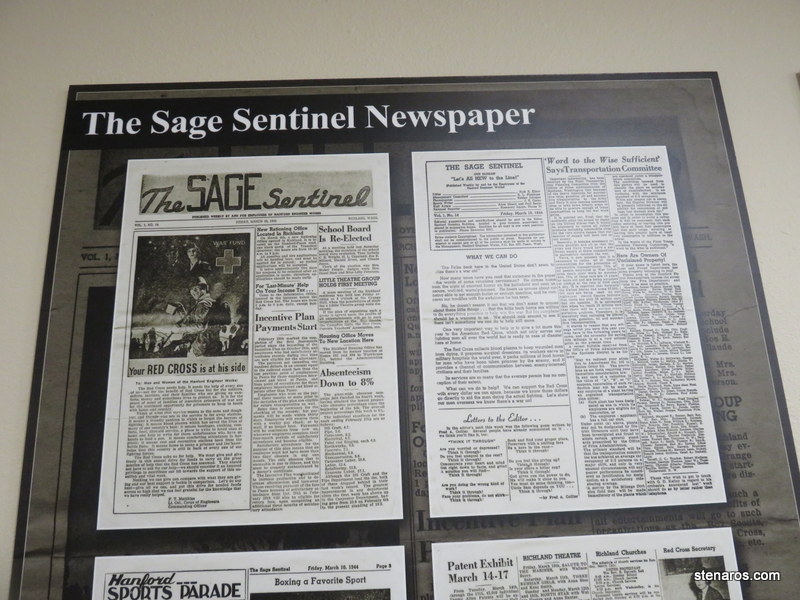
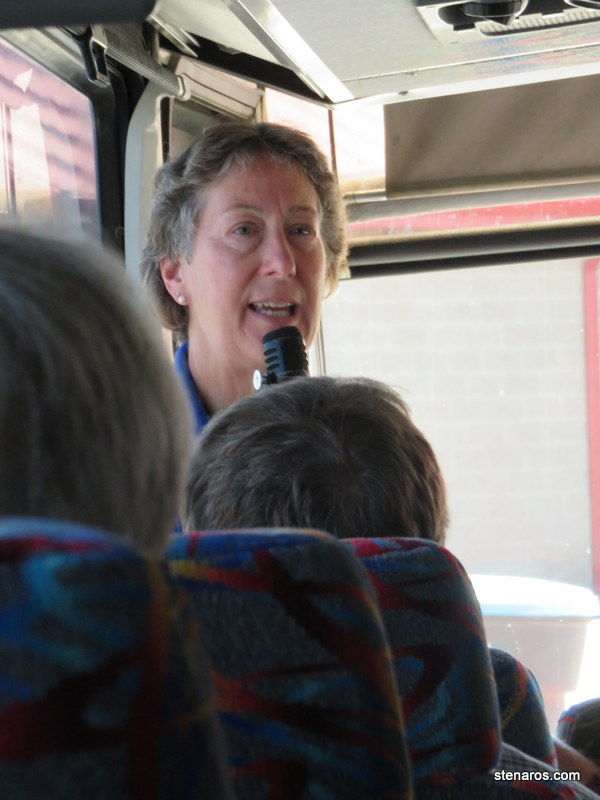
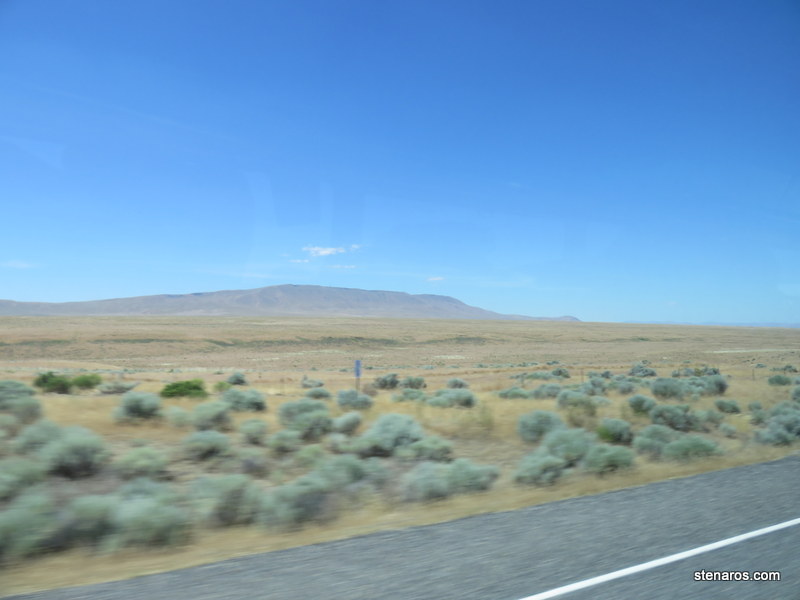
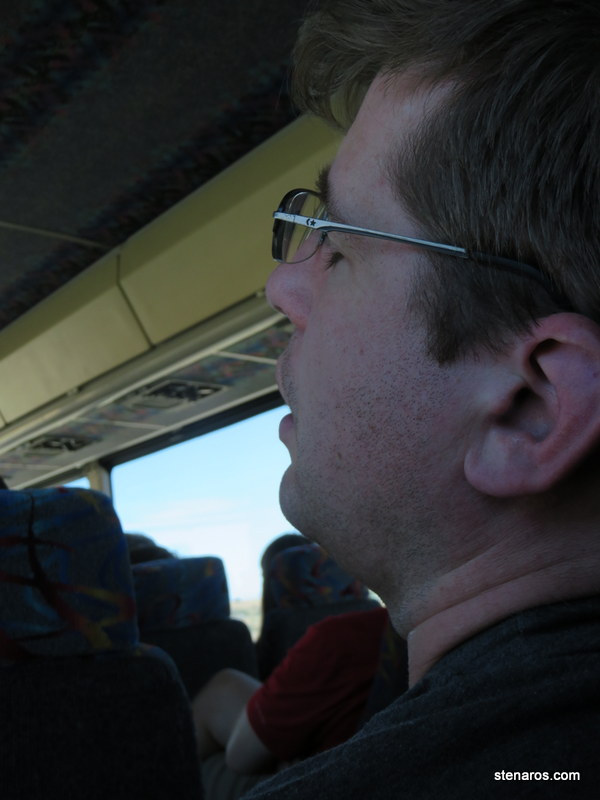
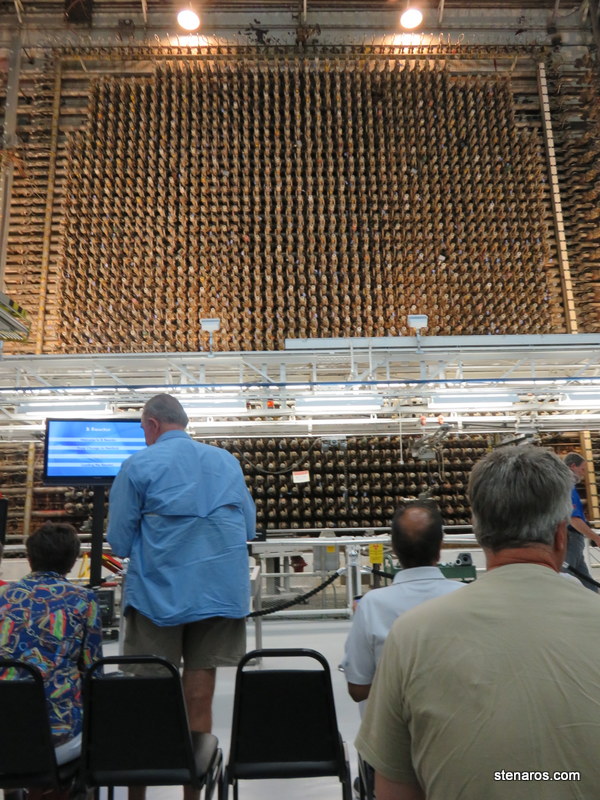
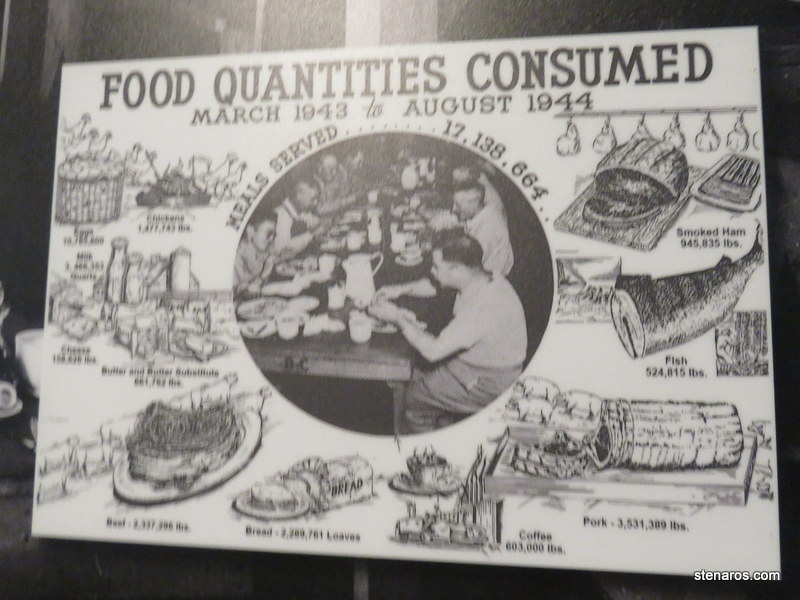
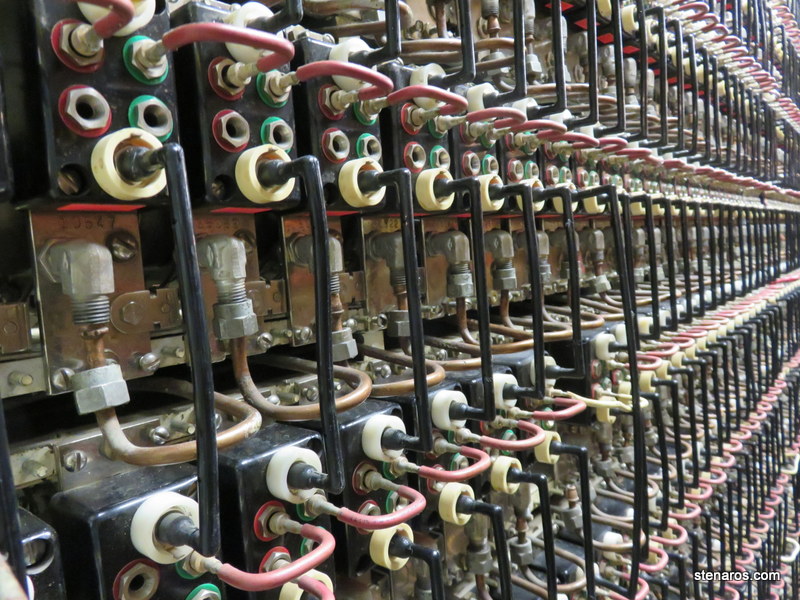
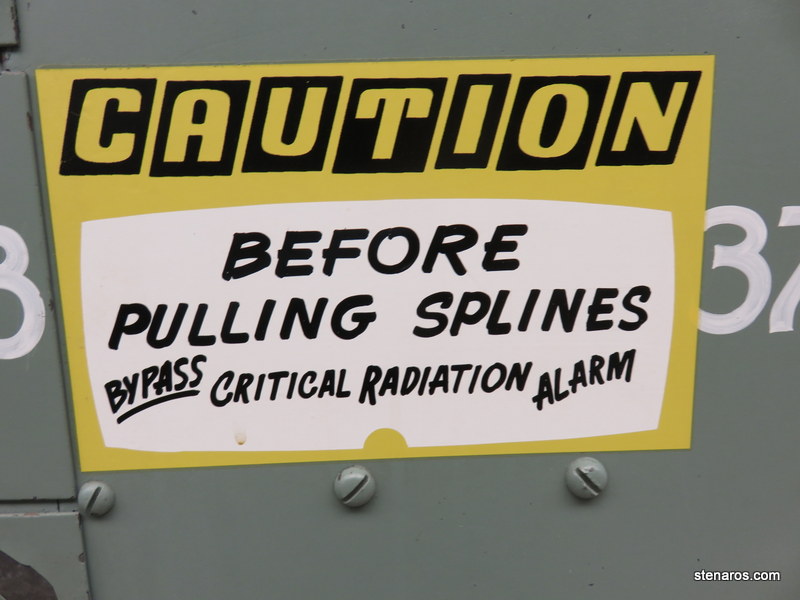
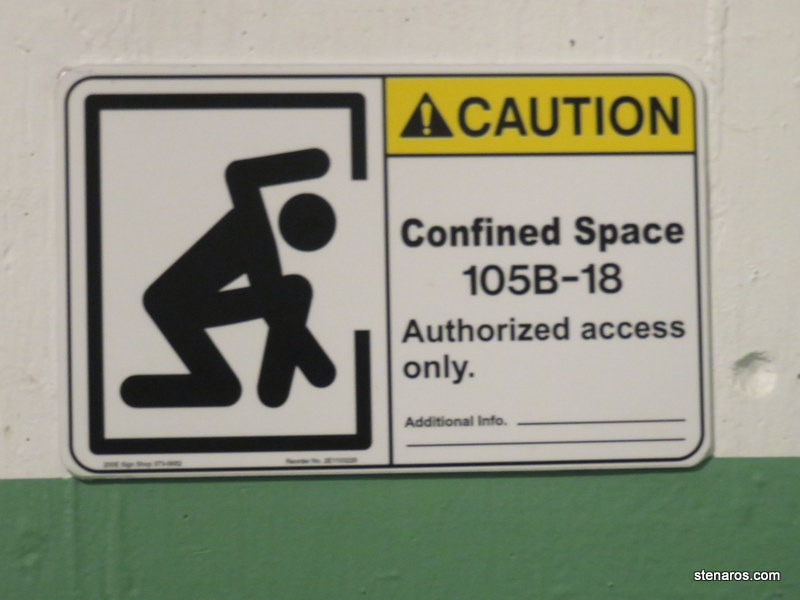

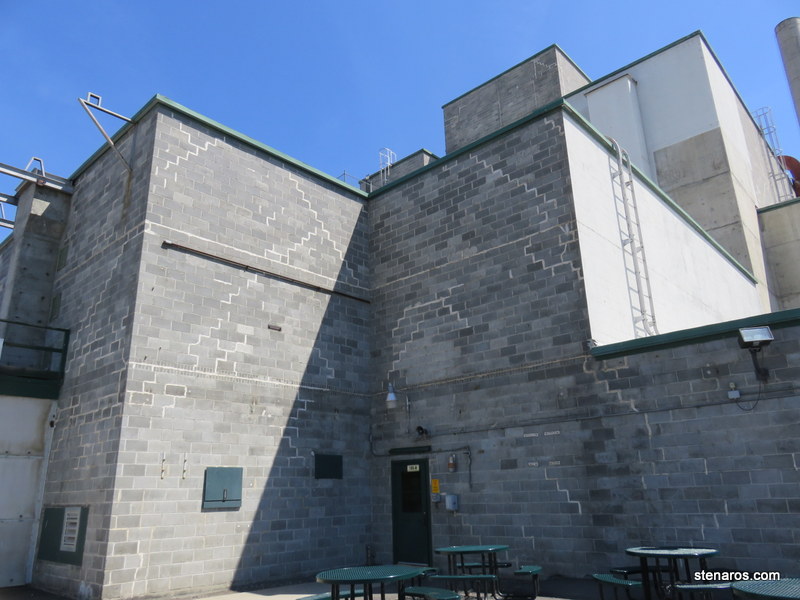 Spokane Architect Albin Pherson designed most of the city. He designed a variety of single family homes, duplexes, apartment buildings and dormitories. Each design was designated with a letter of the alphabet. If you visit Richland, you can walk through the
Spokane Architect Albin Pherson designed most of the city. He designed a variety of single family homes, duplexes, apartment buildings and dormitories. Each design was designated with a letter of the alphabet. If you visit Richland, you can walk through the 